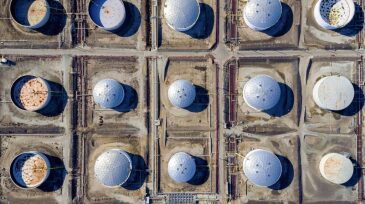-
A preview of the 2019 Offshore Technology Conference
-
With new digital platforms and technologies driving the industry in the near future, organizations are examining the ways in which their established work flows may help or hinder their ability to adopt and adapt.
-
Robots have been a part of industrial production for decades, but the interface between humans and robots has changed as automation technologies increased in complexity, scope, and scale. Once a novelty, collaborative robots are projected to become a significant element of the automation landscape.
-
The oil price downturn spawned a lull in deepwater enthusiasm, but better project execution and reduced project lead times have helped operators achieve lower costs and better returns. What does the landscape for deep water look like in the near term? Will operators get more involved?
-
The decision to ramp down production on the Aspen project comes months after the Alberta provincial government imposed production cuts to handle pipeline bottlenecks. Aspen is projected to produce 75,000 BOPD upon startup.
-
Data volumes are growing at an exponential rate. How can high-performance computing solutions help operators manage these volumes? Will faster, stronger processors and cloud computing solutions be the answer?
-
High-performance computing is an important piece of the puzzle for operators looking to integrate field models with surface facilities. Next-generation processors and accelerators should help build the systems needed to meet industry's growing demands, but the tools may be reaching their limits.
-
The energy transition is underway, and the push to reduce carbon emissions will be at the forefront of industry discussion in the coming years. What role will oil and gas play in the changing landscape? How diversified can our fuel mix be while still meeting growing energy demand?
-
Operators in the Permian Basin are looking for new ways to handle the rising volumes of produced water coming out of the region without using saltwater disposal wells. One solution, treatment for discharge, could provide an efficient alternative.
-
The need to optimize tank turnaround schedules is as great as it has ever been within the midstream sector, but traditional human-based tank inspections often cut into uptime while introducing safety risks. New robotic applications aim to alleviate these issues.










